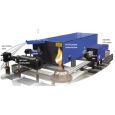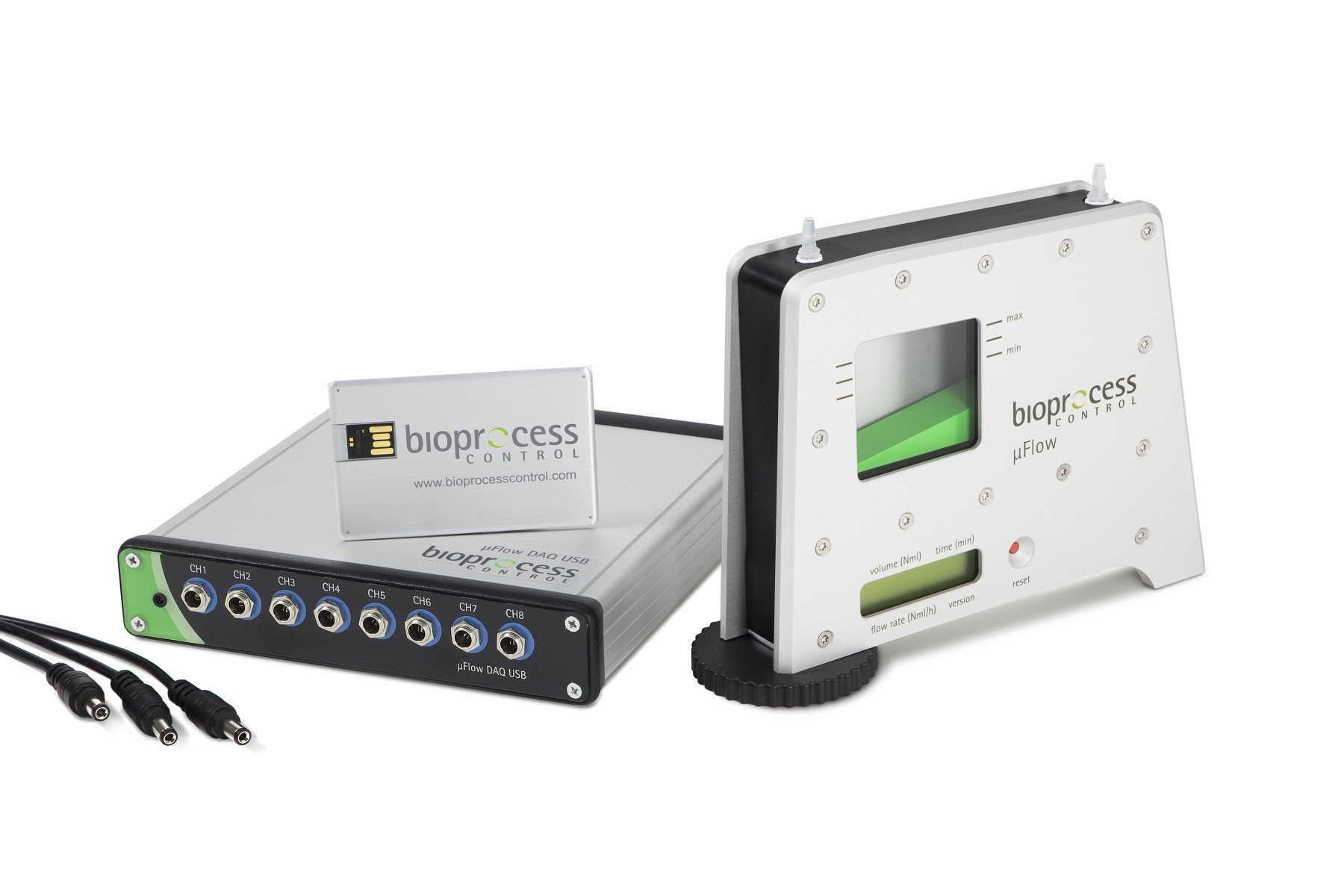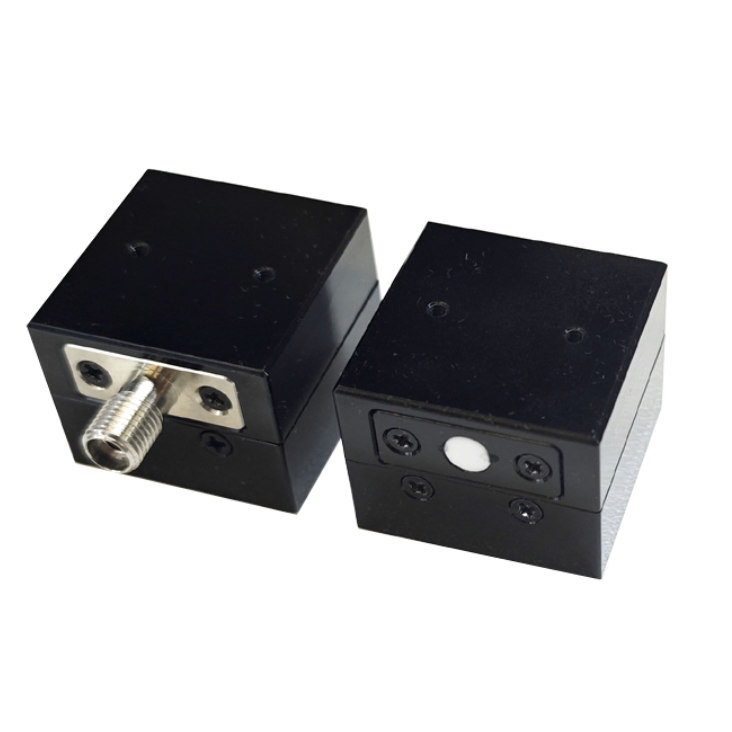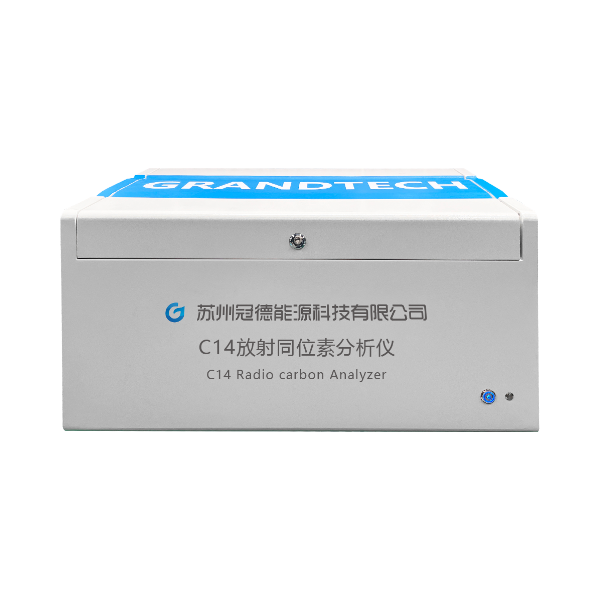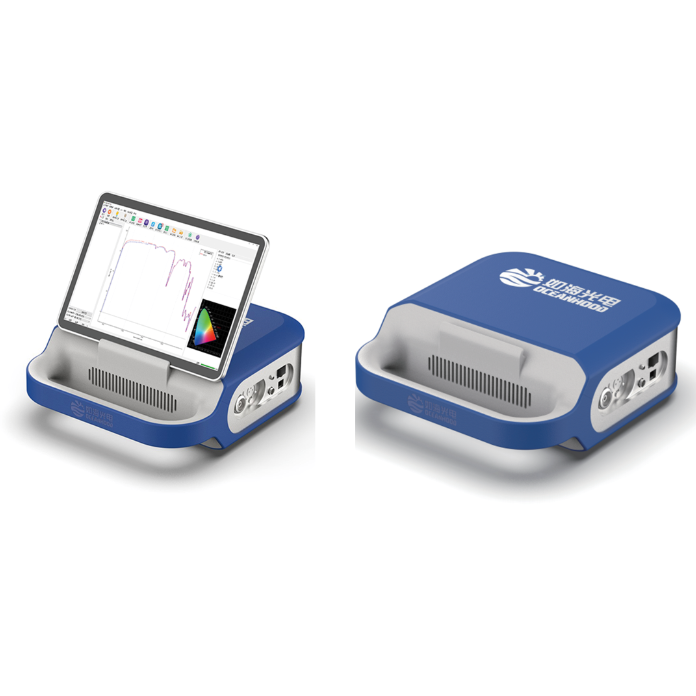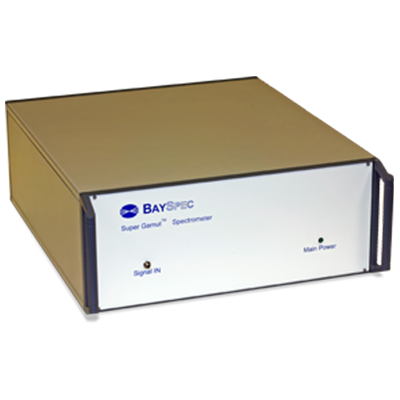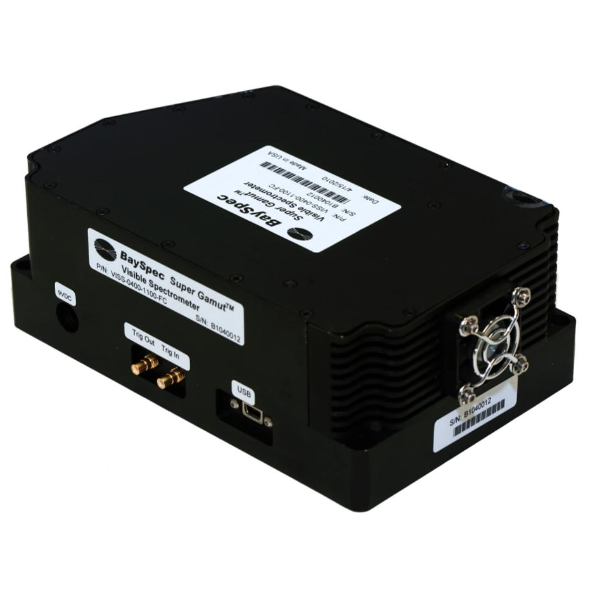Detection and imaging of multi-reaction zones is an essential tool for understanding the detailed structure
of complicated flames. In this work a combined 4-camera technique is presented for multi-reaction zones
imaging. The technique combines highly advanced laser-based diagnostics tools, namely Rayleigh scattering,
laser-induced predissociation fluorescence (LIPF) of OH, LIF of PAH, and LIF of formaldehyde (CH2O). The
application of this combined technique in turbulent non-homogeneous hydrocarbon flames is quite new. The
technique shows its ability to detect simultaneously rich, lean and diffusion reaction zones. The 3 reaction
zones can be spatially resolved, providing essential information about their interaction and overall flame
stability. Therefore, the detection and study of triple flame structures in non-homogeneous turbulent flames
becomes possible. An example of a triple flame structure in a turbulent lifted non-premixed methane flame
is presented. The present work proves that the developed technique is a powerful tool for multi-reaction
zone measurements in turbulent and laminar flames.
方案详情

Turkish J. Eng. Env. Sci.30 (2006),157-161.@TUBITAK MANSOUR, JOEDICKE, PETERS Multi-Reaction Zones Imaging Technique for TurbulentHydrocarbon Flames Mohy S. MANSOUR National Institute of Laser Enhanced Sciences, Cairo University University Street, Giza-EGYPT e-mail: mansour@niles.edu.eq Arndt JOEDICKE and Norbert PETERS Institute of Combustion Technology, RWTH-Aachen-GERMANY Received 01.06.2006 Abstract Detection and imaging of multi-reaction zones is an essential tool for understanding the detailed structureof complicated flames. In this work a combined 4-camera technique is presented for multi-reaction zonesimaging. The technique combines highly advanced laser-based diagnostics tools, namely Rayleigh scattering,laser-induced predissociation fluorescence (LIPF) of OH, LIF of PAH, and LIF of formaldehyde (CH2O). Theapplication of this combined technique in turbulent non-homogeneous hydrocarbon flames is quite new. Thetechnique shows its ability to detect simultaneously rich, lean and diffusion reaction zones. The 3reactionzones can be spatially resolved, providing essential information about their interaction and overall flamestability. Therefore, the detection and study of triple flame structures in non-homogeneous turbulent flamesbecomes possible. An example of a triple flame structure in a turbulent lifted non-premixed methane flameis presented.. The present work proves that the developed technique is a powerful tool for multi-reactionzone measurements in turbulent and laminar flames. Key words: Laser-based techniques, Triple flames, Multi-reaction zones, LIF, Formaldehyde. In many practical hydrocarbon combustion systemswhere the reactant mixture is not homogeneous,multi-reaction zones are expected. Numerical sim-ulations of flame propagation in non-homogeneousmixtures (Domingo and Vervisch, 1996) show thattriple flames and multi-reaction zones are likely torepresent the main structure in this environment.Triple flames may also be called tribrachial or edgeflames. They consist of 2 wings of lean and rich pre-mixed reaction zones surrounding a diffusion flame(Phillips, 1965). The 3 reaction zones are usuallyattached at one end, called the triple point. An un-derstanding of the structure and stability character-istics of these flames is essential for more efficientdesigns of combustion systems.The developmentof a quantitative measuring technique that resolves multi-reaction zones is the aim of this work.Themain features of the target technique are high spatialand temporal resolution and the ability to separatelyresolve each reaction zone. Several techniques (see Plessing et al., 1998; Wat-son et al., 1999, 2000; Santoro et al., 2000) havebeen applied in multi-reaction zone environmentsbased on laser diagnostics tools...These techniquesare based on monitoring relevant radicals in each re-action zone, e.g., CH and OH, in addition to Rayleighand/or Raman for scalar measurements and pla-nar imaging velocimetry for flow field measurements.Complete resolution of all reaction zones in turbu-lent flames was not possible due to the low concen-tration, and hence weak collected signal, of relevantradicals in lean reaction zones (Mansour, 2002). Re-cently, Mansour (2003) added another detector for the lean reaction zone and was able to detect thetriple flame structure in a partially premixed turbu-lent lifted flame. However, the signal was not strongenough for full coverage of all flames. In this work, a combined laser-based diagnosticstechnique was developed for detection of all reactionzones in multi-reaction zone environments in addi-tion to the mixture fraction.The technique com-bines Rayleigh scattering, laser-induced predissocia-tion fluorescence (LIPF) of OH, laser induced fluo-rescence (LIF) of polyaromatic hydrocarbon (PAH),and LIF of formaldehyde (CH2O). Each radical rep-resents a reaction zone where OH is detected in thediffusion reaction zone while PAH and CH20 are de-tected in the rich and lean reaction zones, respec-tively. The technique was tested in a turbulent liftednon-premixed methane flame where multi-reactionzones were expected. Experimental Technique The present imaging technique combines Rayleighscattering for mixture fraction measurements, laser-induced predissociation fluorescence (LIPF) of OHradical for diffusion reaction zone detection, LIF ofpoly-aromatic hydrocarbon (PAH) for rich reactionzone detection, and LIF of formaldehyde (CH2O) forlean reaction zone detection. The principles of thosetechniques are briefly discussed as follows. Rayleighscattering is an elastic scattering signal, i.e. at thesame wavelength of the laser, which is directly pro-portional to fuel mass fraction and inversely pro-portional to temperature (Mansour, 1993)..In anisothermal mixture the Rayleigh signal can thus beused to measure the mixture fraction. The princi-ples of Rayleigh scattering for mixture fraction ortemperature measurements can be found in Dibbleand Hollenbach (1981). Calibration of the Rayleighsignal in room air and pure fuel jet is sufficient forquantitative measurements of the mixture fraction ina non-reacting mixture. The laser-induced fluorescence of OH radicaltechnique has been applied in many turbulent flamesand in practical systems to study flame fronts (Allenand Hanson, 1986; Felton et al.,1988). However,OH-LIF measurements require proper quenching cor-rection for quantitative data reduction. Accordingly,Andresen et al. (1990) have developed another tech-nique, called the laser-induced predissociation fluo-rescence (LIPF) technique, in order to eliminate thequenching effect.Laser-induced predissociation is faster than LIF and thus energy loss, or the quench-ing effect, is not possible. The technique is quite sim-ple to apply for the OH radical using a tunable KrFexcimer laser operating between 248 and 249 nm.In the present work, the laser was tuned to P2 (8)line to excite the A0←(X)2II state, as reportedin Andresen et al. (1988,1990). A Schott UG11-glass filter was used in front of the OH-LIPF cam-era in order to select the OH-LIPF signal. Spectro-scopic scanning was carried out for a stoichiometricmethane-air flame to ensure that the signal was freefrom other interference occurring within the spectralrange of the glass filter. The data were qualitativeand used to identify the diffusion reaction zone In rich premixed Bunsen flames a laser-inducedfluorescence signal of broadband PAH in the rangeof 400 to 600 nm has been tested and found to varylinearly with the laser energy. The signal is strong inrich flames and much weaker in lean flames (Plessinget al., 1998). Therefore, LIF-PAH was selected as amarker for the rich reaction zone. For lean reaction zones neither OH nor PAH canbe used as a marker. LIF of formaldehyde (CH2O)has been successfully used by Santoro et al. (2000)as a marker for an edge flame, and by Bombach andKappeli (1999) for detecting the flame front of a richmethane-air flame. Formaldehyde is usually formedat the early stage of hydrocarbon combustion, i.e.at low-temperature chemistry. In the present work,formaldehyde, CH2O, was excited using the thirdharmonic of a Nd:YAG laser at 355 nm, similar toHarrington and Smyth (1993). At this wavelengththe tail of the 4 transition in the AA2←X1Aiband of CH2O can be excited. Based on the above principles a combined tech-nique of 2 lasers and 4 cameras was built, as shownin Figure 1. The first laser was a tunable Kr-F ex-cimer laser (Lambda Physik EMG 150 TMSC) at 248nm with a narrow bandwidth of 0.001 nm and 250mJ pulse energy. This laser was used for Rayleigh,LIPF of OH and LIF of PAH. The second laser wasa Nd:YAG laser (spectra Physics GCR4) using itsthird harmonic line at 355 nm with about 0.03 nmline width and 300 mJ pulse energy. This laser wasused for LIF of CH2O at this wavelength, as ex-plainedabove. The laser energies for both lasers weresufficient for single shot 2-D measurements. The 2lasers and 4 cameras were synchronized and triggeredusing the Nd:YAG lamp output signal as the inputtrigger for the control unit. The excimer laser wastriggered 1 us after the Nd:YAG. Figure 1. A schematic diagram of combined Rayleighscattering, OH-LIPF, PAH-LIF and CH2O-LIF technique. Cam 1, shown in Figure 1, is an intensified CCDcamera (Imager 3, 12 bit, Lavision 640 x 480 pixelarray) that is used for imaging the OH-LIPF signal.Cam 2 is another intensified CCD camera (Sensi-Cam, 12 bit CCD array 640 x 480) that is used forimaging the Rayleigh signal. Cam 3 is another in-tensified camera (Dynamight 16 bit dynamic range,512 x 512 pixel array) that is used for imaging theCH2O-LIF signal. Cam 4 is similar to Cam 2 andis used for imaging the PAH-LIF signal.. The gat-ing time for all imaging intensifiers was set to 400ns in order to suppress background reflections. Onedichroic mirror is located in front of Cam 1 and Cam3 at 45°. It reflects 298 nm to Cam 1 and transmits350 to 700 nm to Cam 3. A UG11 filter is located infront of Cam 1 and a high pass filter at 400 nm infront of Cam 3. Another dichroic mirror is locatedin front of Cam 2 and Cam 4 at 45°. It reflects 248nm to Cam 2 and transmits 355 to 600 nm to Cam4. A high pass filter at 400 nm is used in front ofCam 4. The 4 cameras were carefully aligned for match-ing. Therefore, direct correlation between pixel points in all CCDs could be achieved. .This wastested over a stationary laminar Bunsen burner atseveral radial positions with an accuracy of ± 1pixel. The spatial resolution for all cameras is 16.03pix/mm and so the expected error in this matchingprocedure is within 62 um. Multi-reaction Zones Imaging in TurbulentFlames The present combined technique was tested in alifted turbulent methane flame. A jet of puremethane fuel was delivered at a velocity of 20 m/swith a Reynolds number of 4730 based on a cold jet.The flame was stabilized at aheight of about 40 mmfrom a 4 mm diameter nozzle. The images were col-lected at the lift-off height covering an area of 31.94x 29.94 mm for all cameras. This corresponds to a512 x 480 pixel array. Figure 2 shows a single 4-cameras shot collect-ing simultaneously 4 images of Rayleigh, CH2O-LIF, PAH-LIF and OH-LIPF. Figure 2a shows theRayleigh image where the signal is directly propor-tional to the fuel mass fraction, or mixture fraction,in the unreacted region. The image is illustratedin a false color rainbow-scale with blue represent-ing the minimum signal in the hot products and redrepresenting the maximum OH radical signal in thereactants side. The red contour in this image repre-sents the flame boundary where the temperature islow. The fuel concentration has a maximum valueat the centerline and decreases towards the outersides. The weak signal is affected by both low fuelconcentration and high product temperature. There-fore, no quantitative temperature or mixture fractionmeasurements could be extracted from these images.However, the flame boundary and mixture fractionthrough the unreacted mixture can be obtained. Figure 2b shows a CH2O-LIF image that repre-sents the lean reaction zone at the outer edge of theflame and at the early flame front of low temper-ature chemistry towards the centerline. The signalis strong enough to identify the reaction zone con-tour of lean premixed flames. The CH2O-LIF imageshave been corrected for methane Raman interference.The Rayleigh image is directly proportional to Ra-man and thus could be used for correction. Furthercorrection due to OH interference was applied us-ing the PAH-LIF image illustrated below. The im-age shown in Figure 2b was thus corrected for allpossible interferences as explained above. The red contour represents the locus of the maximum signalalong the height. The lean reaction zone is clear atthe outer sides of the flame. This is one of the maingoals of the present technique that allows the detec-tion of lean reaction zones in turbulent flames. Thisproves the existence of a lean reaction zone at theouter edge of turbulent lifted flames. Figure 2c illustrates the PAH-LIF signal repre-senting the rich reaction zone of the flame. The redcontour represents the locus of the maximum signalas in Figure 2b. Figure 2d shows the OH-LIPF sig-nal that represents the diffusion reaction zone withanother red contour along its maximum OH-LIPFsignal. The OH images were corrected for PAH in-terference using the PAH images. Figure 2. Simultaneous images of: (a) Rayleigh; (b) LIF-CH2O; (c) LIF-PAH and (d) LIF-OH in a tur-bulent lifted methane flame. Figure 2 shows 3 reaction zones in the presentflame with high resolution. The images are matchedtogether, as explained above, where the pixel loca-tions in all are almost the same. For quantitativeanalysis of the collected data the red contours illus-trated in Figure 2 are combined and presented inFigure 3. First the 3 reaction zones start with therich one at the inside, followed by the diffusion andthen lean reaction zones, as expected. It is also clearthat the 3 reaction zones meet at a ring indicatedby black dots. This meeting point between the 3 re-action zones can thus be called the triple point. Inaddition, the Rayleigh signal, representing the flameboundary, and the CH2O-LIF signal for low temper-ature chemistry follow quite similar profiles.The same analyses were applied for averages of 100 shotsleading to average contours of the 3 reaction zonesand Rayleigh. Then the average 4 contours were ex-tracted and are combined in Figure 4. Similar trendscan also be observed with a triple ring at the flamebase representing the attachment of the 3 reactionzones. This proves the reliability of the present tech-nique for extracting simultaneous reaction zones pro-files on a single shot and average basis. The presenttechnique can thus provide quantitative data describ-ing multi-reaction zones and triple flames in a turbu-lent reacting non-homogeneous combustion medium.More data are presented in Joedicke et al. (2005) fordifferent flames at different turbulence levels wherethe triple flame structure could be captured. Figure 3. Combination of the red contours illustrated inFigure 2. The black dots represent the triplepoints. A combined laser-based technique was developed andapplied in the present work for resolving a multi-reaction zones structure in a non-homogeneous tur-bulent combustion medium.1.The technique com-bines Rayleigh scattering, LIPF-OH, LIF-PAH andLIF-CH2O using 2 lasers and 4 cameras.It wastested successfully in turbulent lifted non-premixedmethane flame and proved its ability to resolve si-multaneously lean, rich and diffusion reaction zones.The triple flame structure was completely resolvedwith its triple point. The application of this tech-nique in a turbulent non-homogeneous combustionenvironment should solve many of the problems re-lated to the understanding of flame stability and lo- cal structure. It is thus considered a powerful imag-ing tool for many practical and fundamental com-bustion systems. Acknowledgments The authors would like to acknowledge the financialsupport by Deutsche Forschung-Gemeinschaft, Ger-many. Nomenclature LIPF Laser induced predissociation fluorescenceLIF-PAH Laser induced fluorescence of polyaromatichydrocarbon (PAH) References Allen, M. and Hanson, R.,“Digital Imaging ofSpecies Concentration Fields in Spray Flames"Proc. Combust. Inst., 21,1755-1762,1986. Andresen, P., Meijer, G., Schulter, H., Voges, H.,Koch, A., Hentschel, W., Oppermann W. andRothe, E., “Fluorescence Imaging Inside an In-ternal Combustion Engine Using Tunable ExcimerLasers." Appl. Opt., 29, 2392-2404,1990. Andresen,P., Bath, A., Groeger, W., Luelf, H., Mei-jer, G. and Meulen, J.,“Laser Induced Fluorescencewith Tunable Excimer Lasers as a Possible Methodfor Instantaneous Temperature Field Measurementsat High Pressures:Checks with an AtmosphericFlame”, Appl. Opt., 27,365-378, 1988. Bombach, R. and Kappeli, B.,“Simultaneous Visu-alization of Transient Species in Flames by Planar-Laser-Induced Fluorescence Using a Single LaserSystem” Appl. Phys.B 68, 251-255,1999. ( Dibble, R. and Hollenbach, R., ,“ Laser R ayleigh T hermometry in Turbulent Flames”, Proc. Com- b ust. I nst., 18, 1 4 89-1499, 1981. ) ( Domingo, P. a nd Vervisch, L., “Triple Flames and P artially Premixed C ombustion in A u toignition o f Non-Premixed T urbulent M ixtures”, Proc. Com-bust. Inst. , 26, 233-240, 1996. ) Felton, P., Mantzaras, J., Bomse, D. and Woodin,R.,“Initial Two-Dimensional Laser Induced Fluo-rescence Measurements of OH Radicals in an Inter-nal Combustion Engine”, SAE paper 881633, 1988. Harrington, J. and Smyth, K., “Laser-InducedFluorescence Measurements of Formaldehyde in aMethane/Air Diffusion Flame” Chemical PhysicsLetters, 202, 196-202, 1993. Joedicke, A., Peters, N. and Mansour, M.“The Sta-bilization Mechanism and Structure of TurbulentHydrocarbon Lifted Flames”, Proc. Combust. Inst.30, 901-909, 2005. ( Mansour, M .,“ A Study of Turbulent Partially Pre-mixed Flames B ased on Simultaneous Imaging ofVelocity Field and OH R a dical”, Combust. Sci.Technol., 174, 47-78, 2 002. ) ( Mansour, M . , “S t ability Characteristics of Li f tedTurbulent Partially Premixed Jet Flames”, Com-bust. Flame, 133,263-274,2003. ) ( Mansour. M., “Two-Plane Two-Dimensional Rayleigh Thermometry T echnique for T u rbulentCombustion.”Opt. Let., 18,537,1993. ) ( Phillips, H., “Flame in a Buoyant M ethane Layer”,Proc. C ombust. Inst., 10, 1277-1283, 1 9 65. ) ( Plessing, T ., Terhoven, P ., Peters, N. and Mansour,M.,“An E x perimental a n d Numerical Simulationof a Laminar T riple Flame”, Combust. Flame, 1 1 5,: 335,1998. ) ( Santoro, V., Linan, A . and Gomez, A., “ Propaga-tion of Edge Flames in Counter F low Mixing Layers:Experiments and Theory”, Proc. C ombust. I n st.,28,2039-2046,2000. ) ( Watson, K., L yons, K., Donbar, J . a n d Carter, C.,“Observation on the L eading Edge in Lifted FlameStabilization” , Combust. Flame, 119, 19 9 -202, 19 9 9. ) ( Watson, K., L yons, K ., Donbar, J. and C a rter,C., “ Simultaneous Rayleigh Imaging and CH-PLIF Measurements in a L i fted J et D iffusion F lame”, Combust. Flame, 1 23, 252-265,2000. )
确定
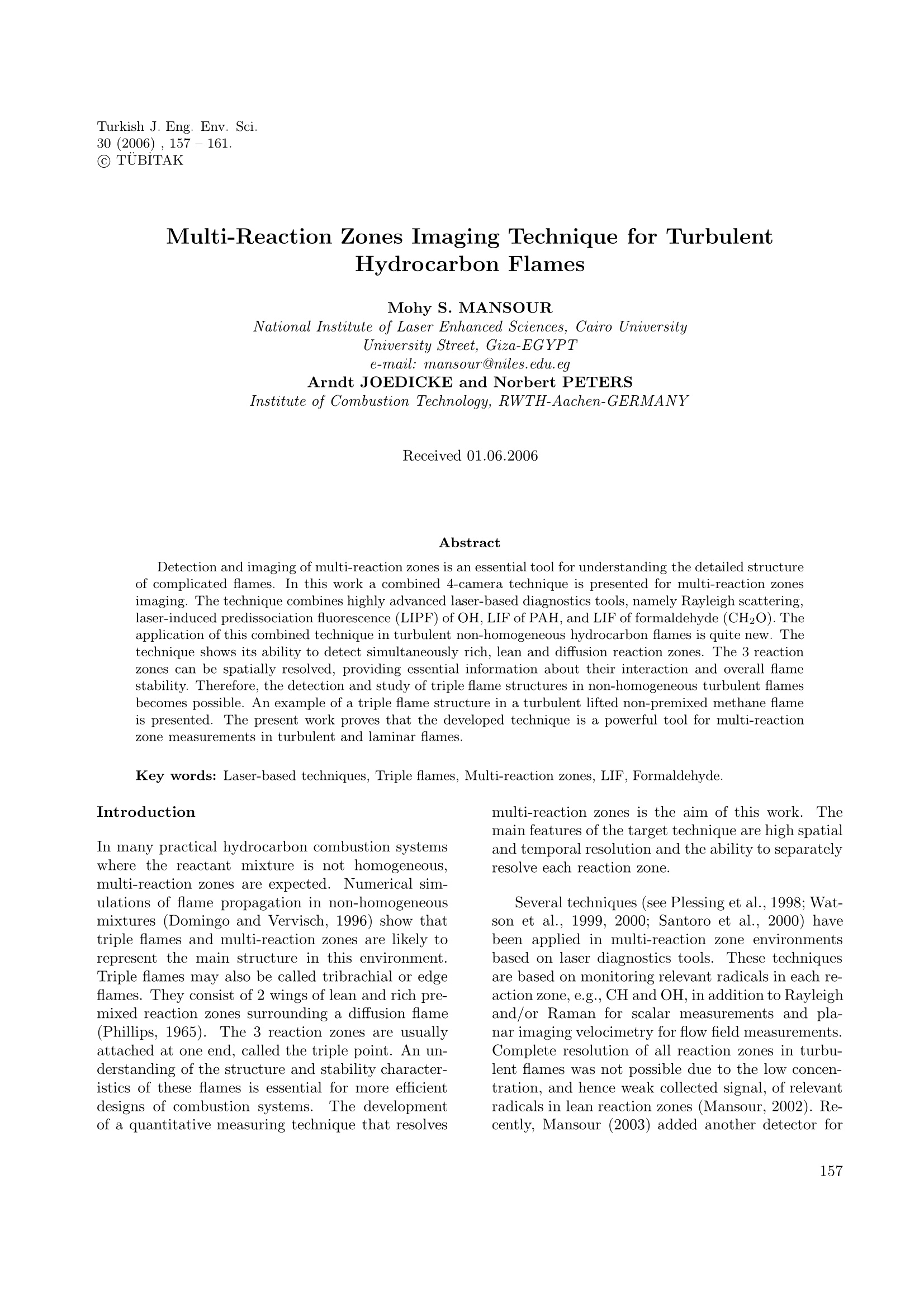
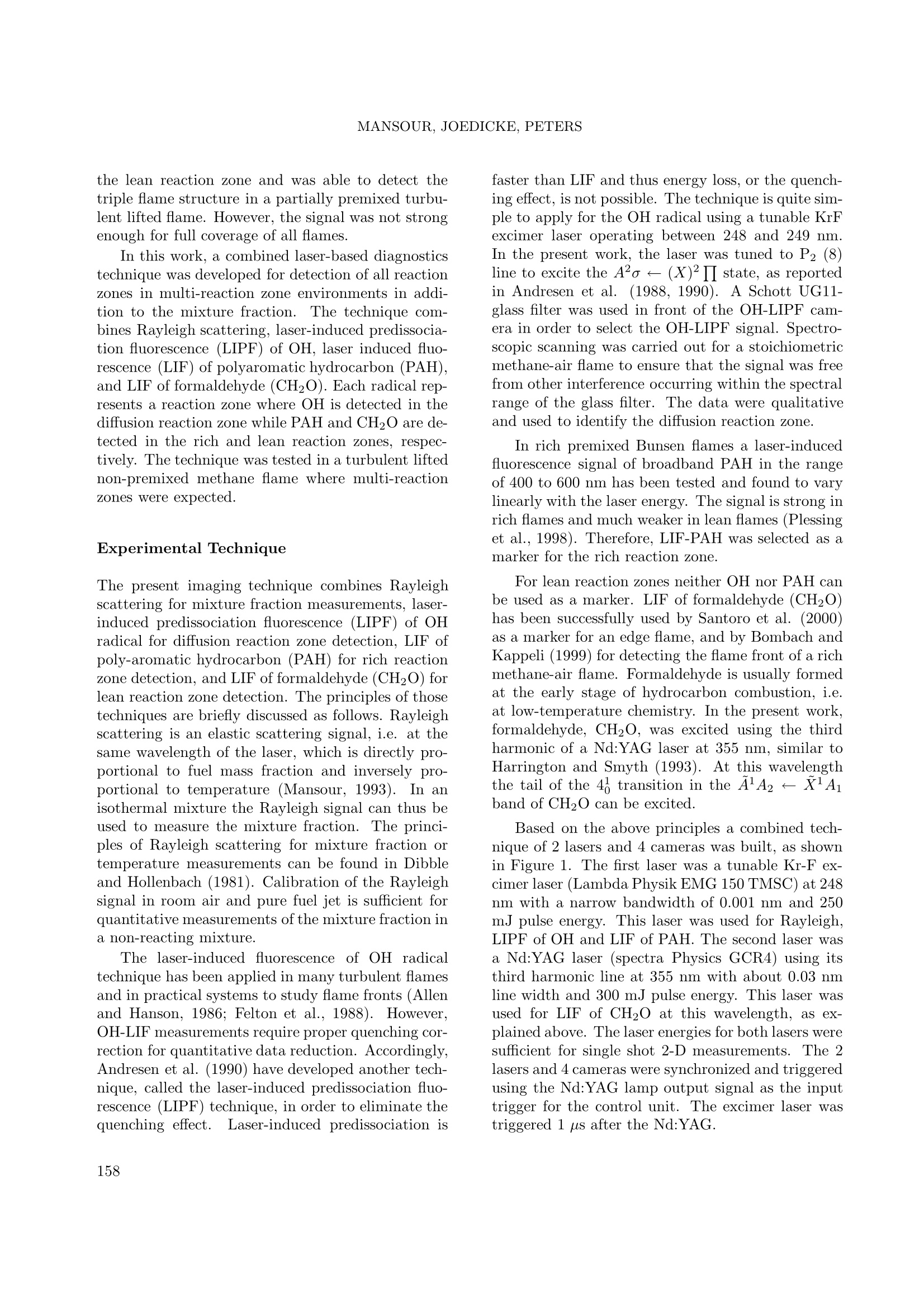
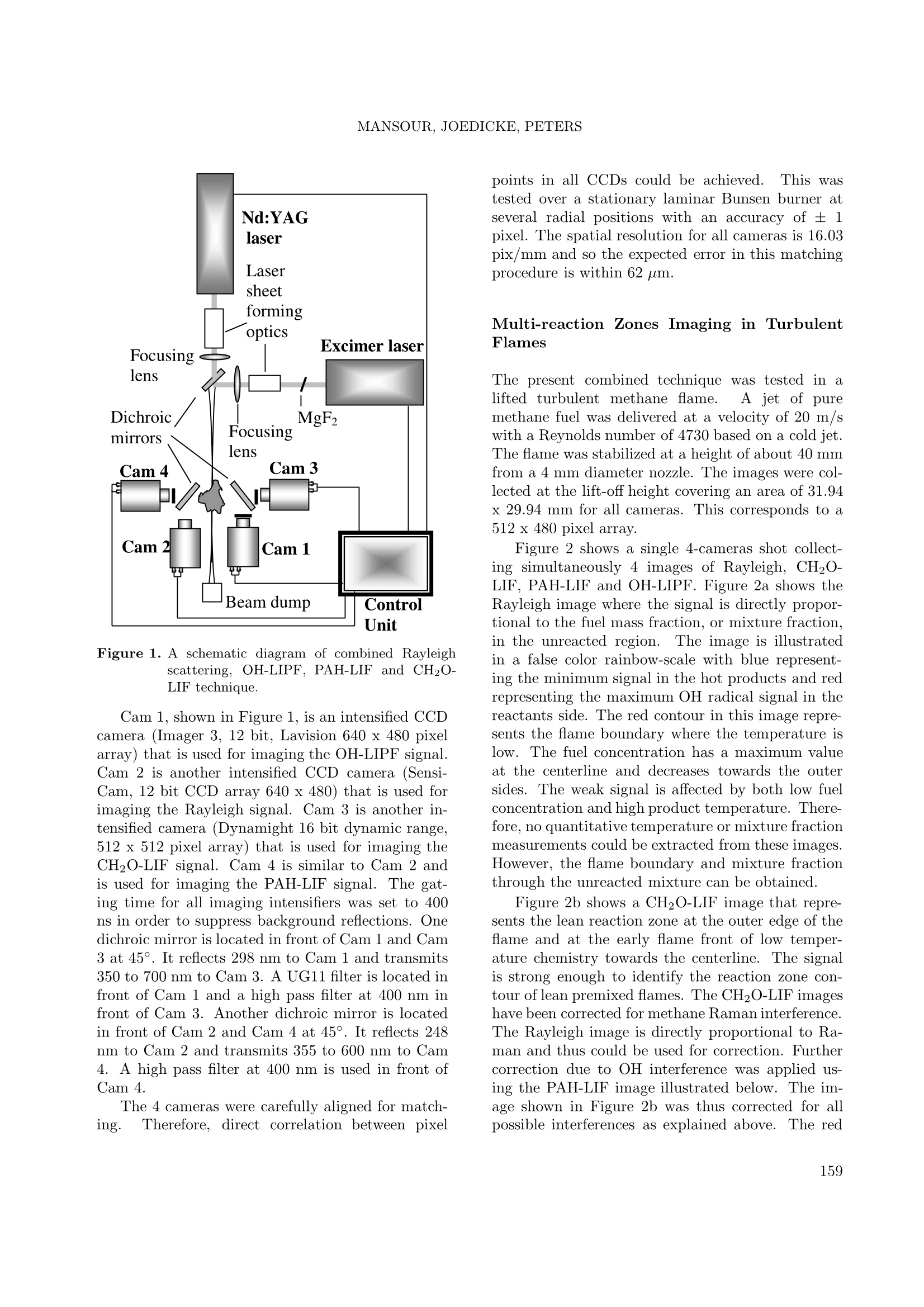

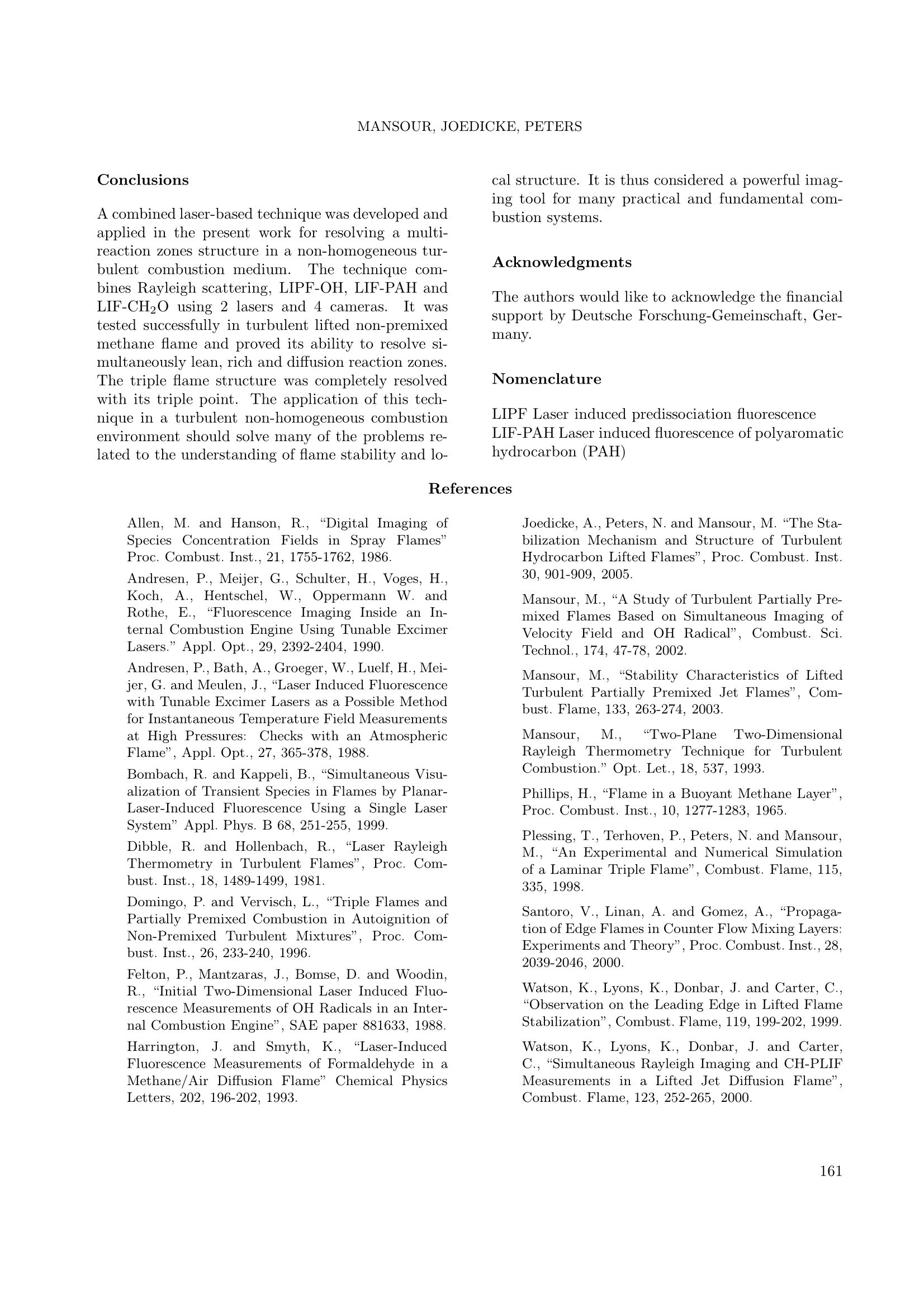
还剩3页未读,是否继续阅读?
北京欧兰科技发展有限公司为您提供《碳氢,湍流,火焰,多反应区中火焰前锋,自由基,羟基,速度场,浓度场检测方案(流量计)》,该方案主要用于其他中火焰前锋,自由基,羟基,速度场,浓度场检测,参考标准--,《碳氢,湍流,火焰,多反应区中火焰前锋,自由基,羟基,速度场,浓度场检测方案(流量计)》用到的仪器有PLIF平面激光诱导荧光火焰燃烧检测系统、德国LaVision PIV/PLIF粒子成像测速场仪、时间分辨平面激光诱导荧光测量系统
推荐专场
相关方案
更多
该厂商其他方案
更多












